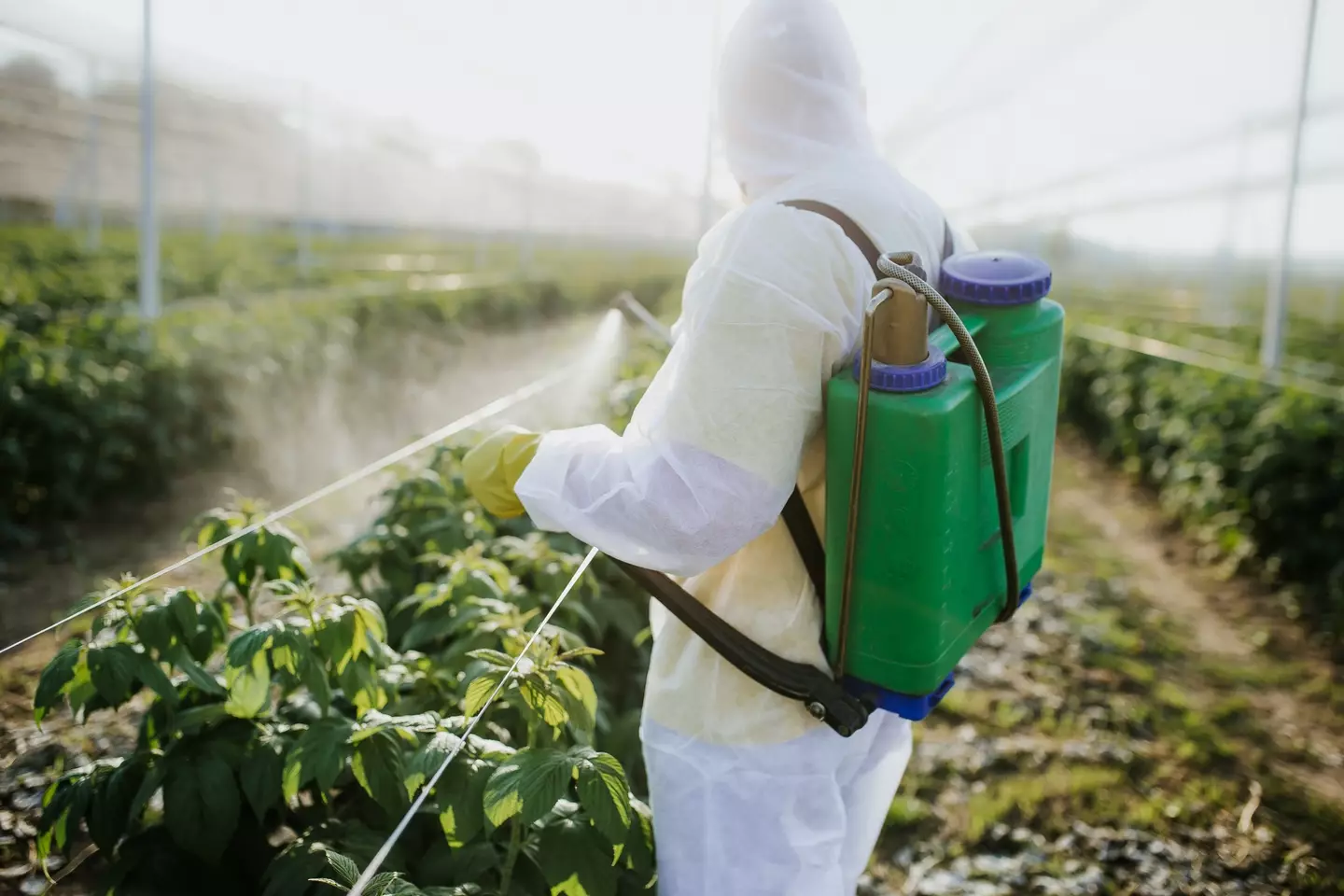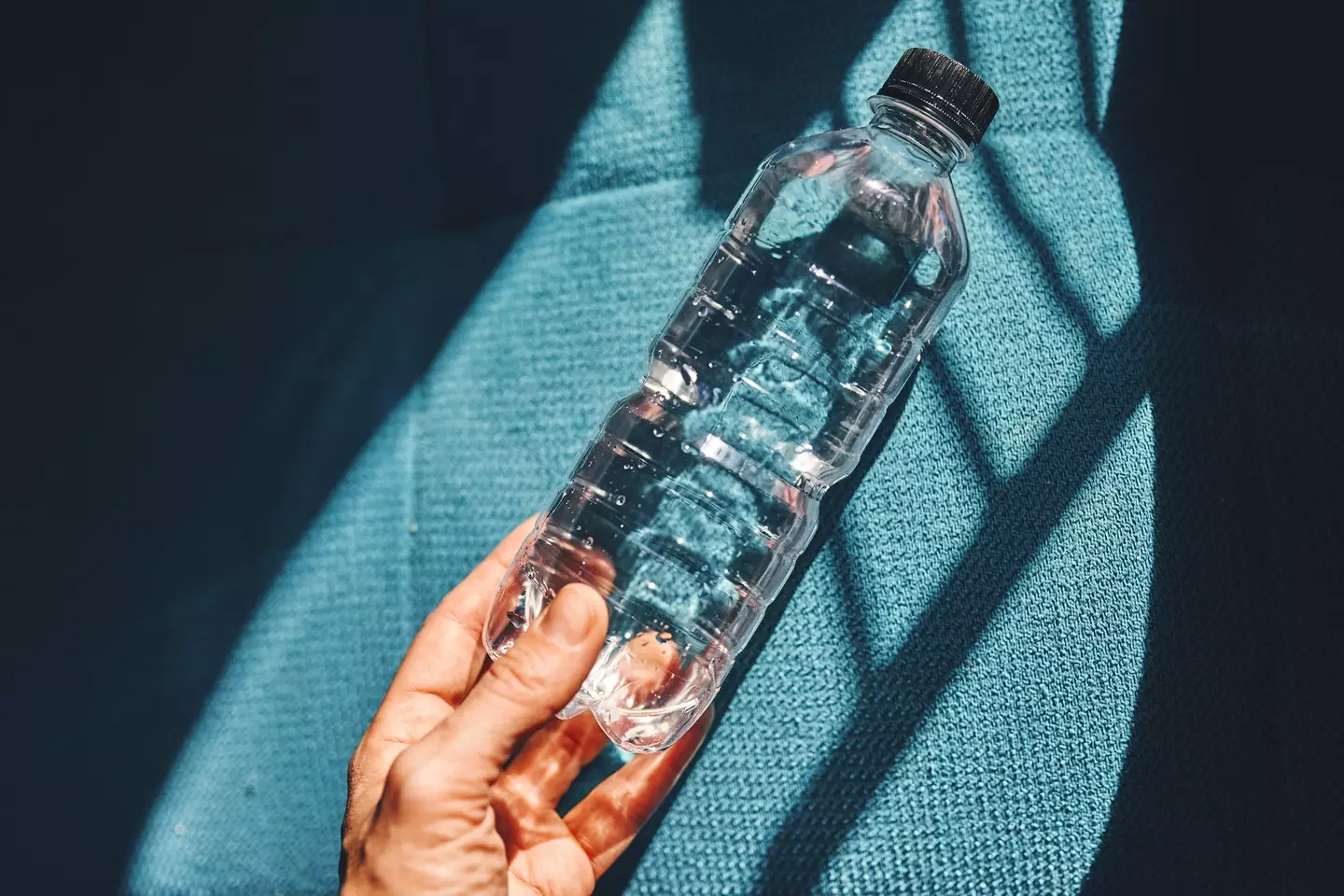
Every few minutes we’re treated to fresh alarmist news about the quality of our food. If it’s not panic over the effects of ultra-processed foods (UPFs), it’s fretting over whether our non-stick pans are slowly poisoning us.
If you’re germ-conscious – as many more of us are in this post-pandemic world – hygiene is likely a big factor for you when it comes to your grub.
It’s not microbes that might find their way into your munch, however, with new research finding that various samples show as many as 3,601 food contact chemicals are entering our bodies.

Advert
Human blood, urine, and hair were all analysed by public health specialists in Switzerland. In those samples, they found 80 chemicals present that have been linked with cancer, fertility issues, birth defects, and general toxicity.
59 of the discovered chemicals lack safety information.
The total ‘food contact chemicals’ found in the samples was considerably more than the researchers expected. They anticipated finding a few hundred, not thousands.
"It surprised us that we found so many more chemicals in these big databases," said Birgit Geueke, one of the researchers.
Advert
With that in mind, is there any way we can avoid these food contact chemicals?
Geueke said that opting for food with less packaging is a good idea, as chemicals can be transferred from containers to the food. Glass and metal packaging is much less likely to transfer nasties than plastic, too.
She also advised against cooking food in plastic containers, such as in a microwave.
"You cannot be made responsible for the chemical exposure coming from your food,” she added, placing the blame on manufacturers.
Advert
Rather than place the onus on consumers, policymakers and regulators could seek to enforce new rules that would curb the likelihood of this chemical contamination in manufacturing and packaging processes.

This kind of chemical contamination won’t come as a huge surprise to anyone who’s aware of the risks posed by plastic water bottles.
As many as 240,000 plastic particles are found in a litre bottle of water. Tap water, by comparison, contains around 5.5 plastic particles per litre.
Advert
Concerns around these nanoplastics focus on how they’re so tiny. They are so small that they can get into our blood and organs, and it’s unknown what kind of damage that might cause.
Links have been drawn, however, with developmental, reproductive, brain, and immunity problems, among others.
Topics: Health
